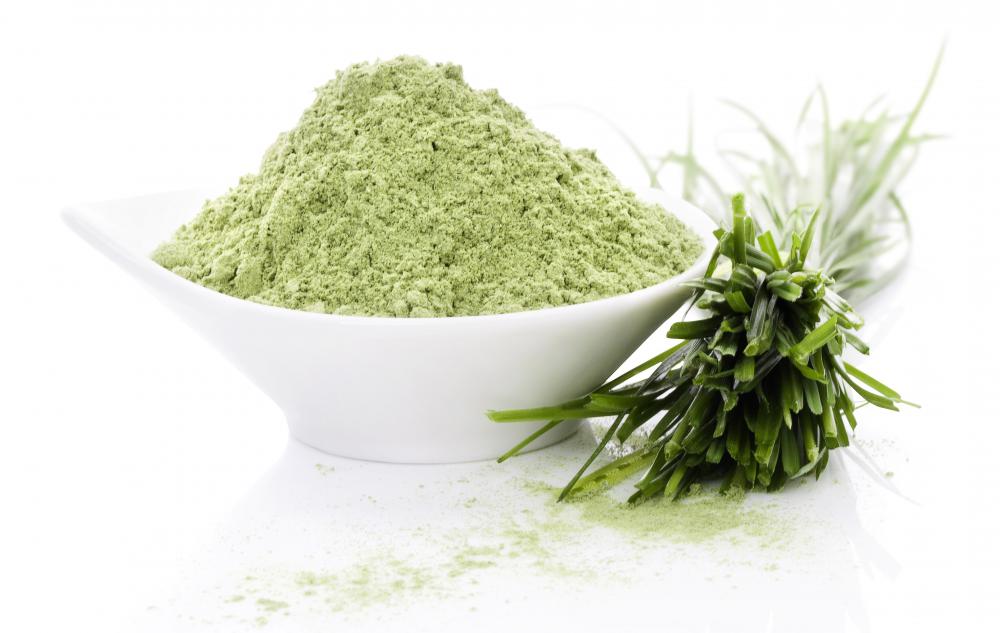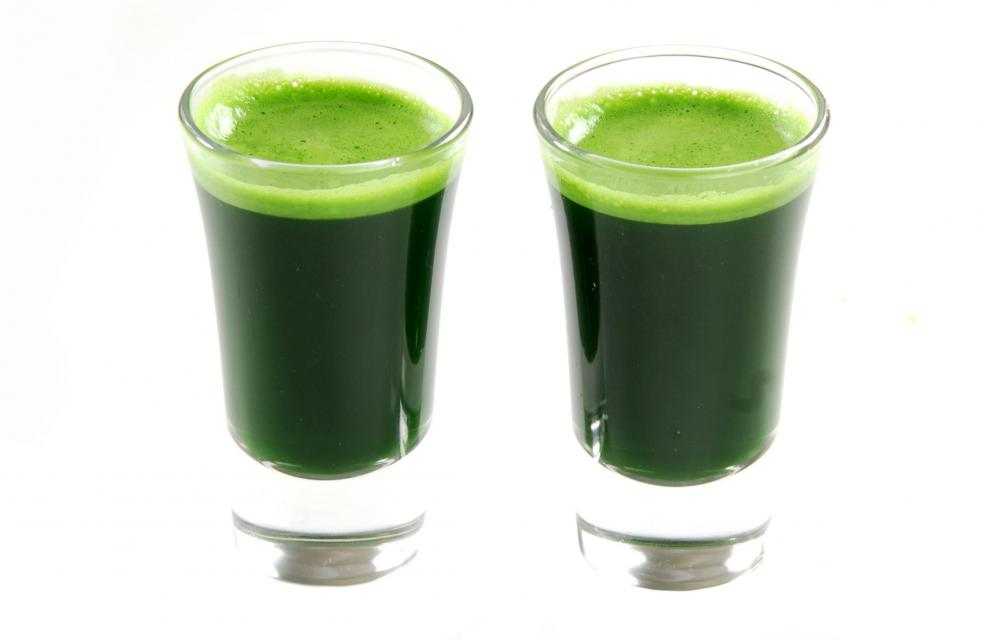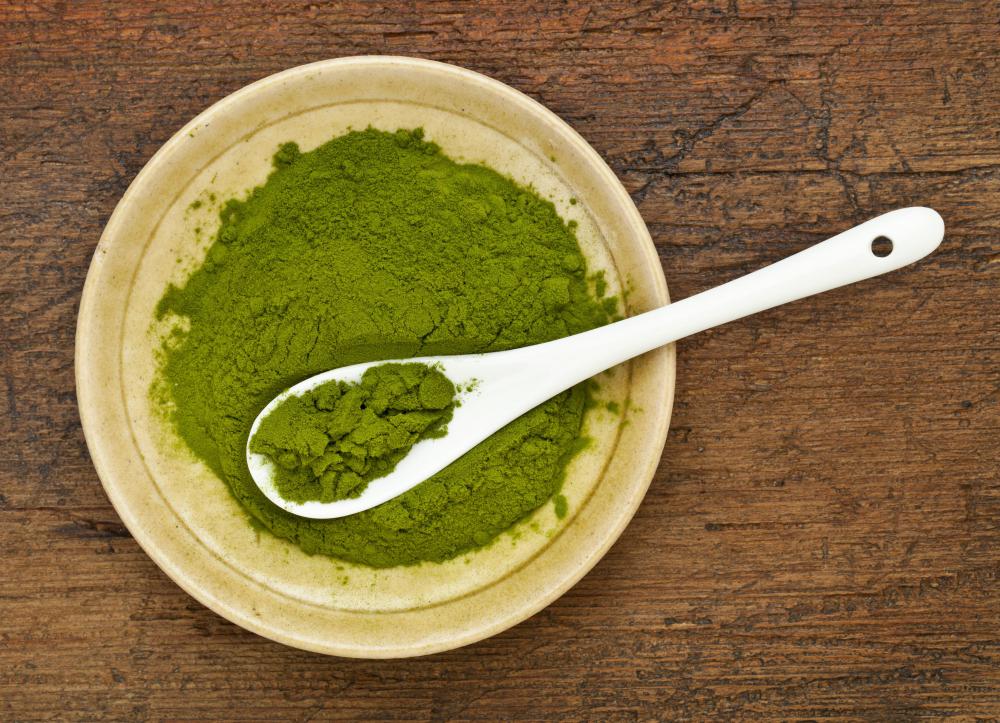At TheHealthBoard, we're committed to delivering accurate, trustworthy information. Our expert-authored content is rigorously fact-checked and sourced from credible authorities. Discover how we uphold the highest standards in providing you with reliable knowledge.
What Is the Difference between Wheatgrass and Barley Grass?
There is very little difference between wheatgrass and barley grass. Some prefer the taste of wheatgrass to that of barley grass while others believe that barley grass produces fewer gastric symptoms compared to wheat grass. Though both plants contain similar chemicals and nutrients, including protein, vitamins, and minerals, proponents of the botanicals use the plants for different purposes. Some people consume wheatgrass in hopes of combating anemia or to reduce the inflammation and other symptoms of colitis. Individuals who consume barley grass believe the plant reduces the inflammation associated with arthritis, in addition to lowering blood cholesterol.
Health food advocates often obtain both wheatgrass and barley grass in their natural form in freshly cut bundles or from plants grown in dirt filled trays. The grass is pulverized in juicing machines and drunk as a beverage. Some advocates that claim barley grass has a more bitter flavor compared to the sweeter taste of wheatgrass, and some people experience gastric upset and diarrhea after taking wheat grass. Growers can also purchase the seeds of either plant and grow and cultivate the grass in home gardens.

Once they sprout, wheatgrass and barley grass are generally allowed to grow for up to two weeks before harvesting. Manufacturers process the grass into capsules, powders, and tablets as well as liquid extracts and tinctures. Both grasses contain protein and amino acids. The young plants also contain vitamin A, C, and E along with all of the B vitamins. Mineral nutrients in the grasses include calcium, iron, magnesium, phosphorus, and potassium. As members of the plant kingdom, these grasses contain fiber, chlorophyll and a chemical called beta-sitosterol, a plant steroid.

Limited studies indicate that wheatgrass may be useful as a treatment for the toxicity often associated with chemotherapy. Patients are usually given granulocyte-colony stimulating factors and epoetin to prevent anemia, but both generally produce unwanted side effects. Female breast cancer patients who consumed wheat grass juice, during chemotherapy treatments, were less likely to develop anemia, did not require reduced chemotherapy doses, or require conventional adjuvant therapies.

Thalassemia is a genetic disorder that results in the production of abnormal hemoglobin, the oxygen carrying protein in red blood cells. Patients often require red cell blood transfusions. Patients who consume wheat grass juice have required 25% fewer transfusions than patients not taking the plant supplement. Some believe that chlorophyll acts as an oxygen carrying agent, possibly reducing stress on red blood cells. Others contend that chlorophyll protects against radiation and acts as an antioxidant, scavenging free radicals and boosting the body's immune defenses.

Studies claim that wheatgrass and barley grass reduce inflammation by inhibiting the cytokine chemicals that cause the reaction. Research performed ulcerative colitis patients reportedly produced evidence that wheatgrass decreased abdominal pain, rectal bleeding, and the number of loose stools that often accompany the disorder. Some believe the anti-inflammatory properties of barley grass can be used to diminish the effects of rheumatoid arthritis and gout.

Researchers suggest that the beta-sitosterol in barley grass prevents intestinal absorption of cholesterol. The substance is then converted into bile, which the body readily eliminates. This action supposedly reduces low density lipoproteins and total cholesterol, while increasing high density lipoproteins. Serious adverse effects of using wheatgrass and barley grass include the possibility of an allergic reaction, which might cause swelling of the oral and throat cavities, or lead to anaphylaxis.
AS FEATURED ON:
AS FEATURED ON:
















Discussion Comments
I believe both wheat and barley grass help me with my chemotherapy. My side effects are not too severe. I also got my red blood cell count rising quickly. The white blood count is a bit slow. I don't know what naturally raises wbc quickly.
Post your comments